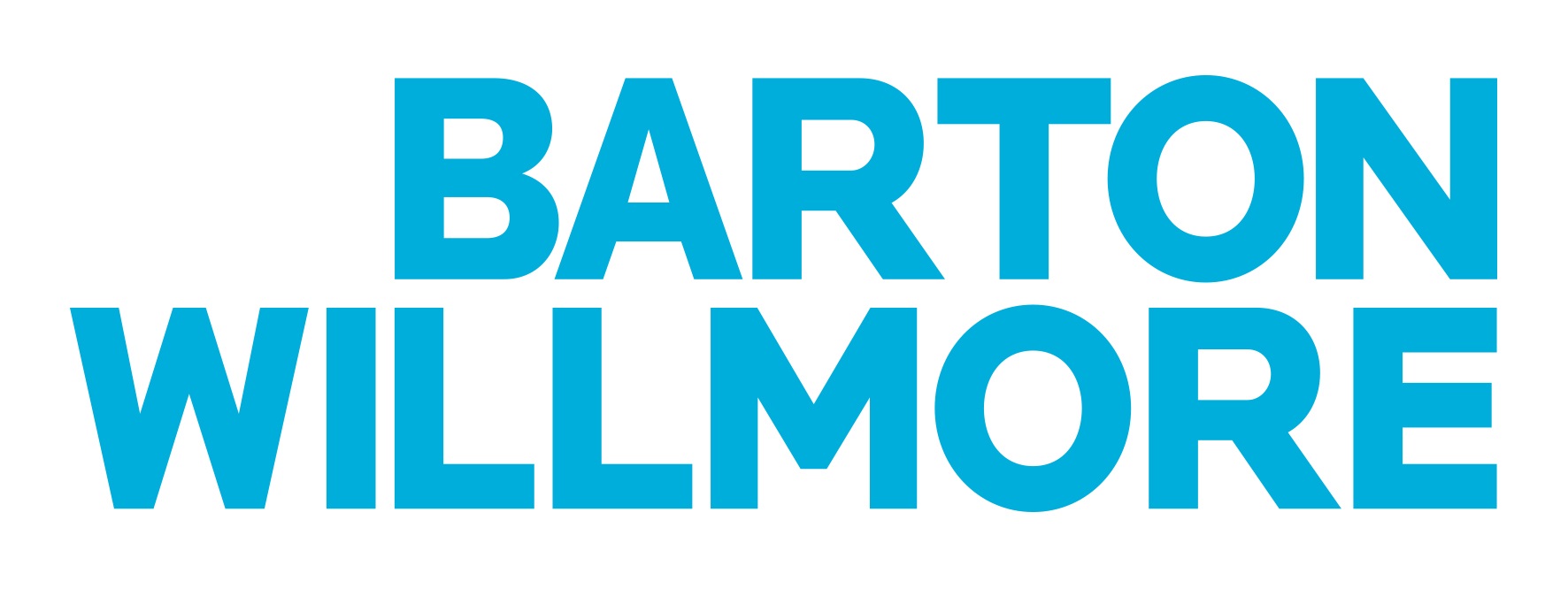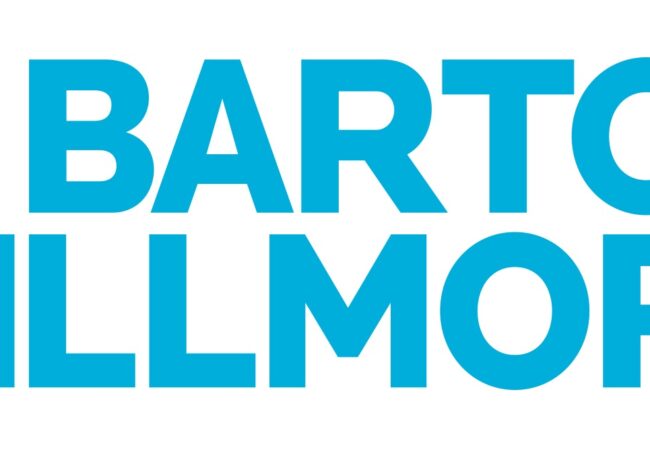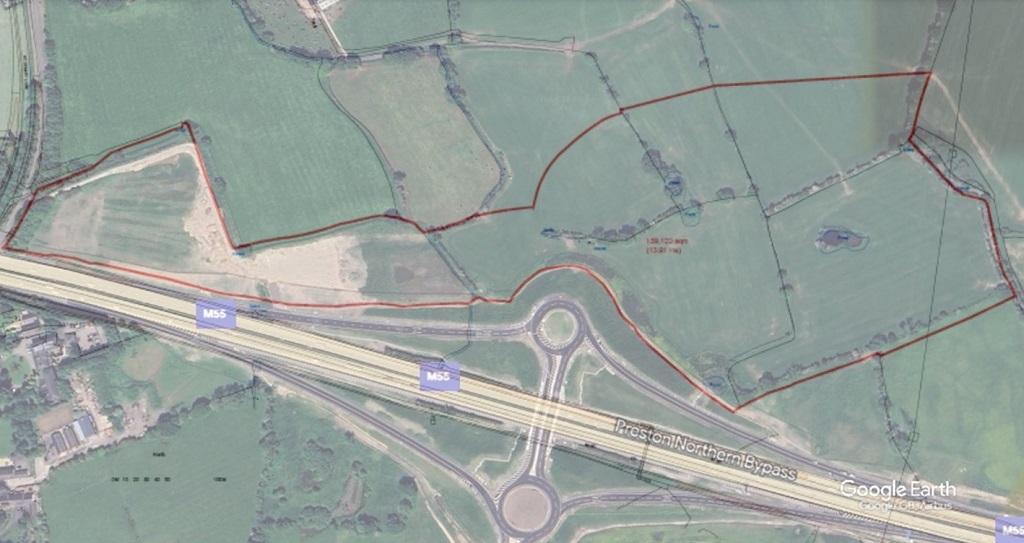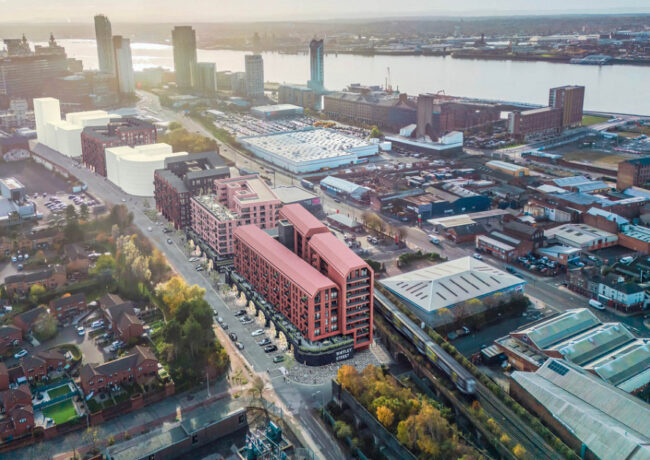RESOURCE | Lessons learnt from fire station planning success
 Emergency services nationwide are facing stark cuts across the board, writes Chris Edge.
Emergency services nationwide are facing stark cuts across the board, writes Chris Edge.
‘Efficiency’ is the word of the moment, as with many public sector organisations, and this efficiency spans all elements of their operations, including their often diverse and interesting property portfolios.
Here in Manchester, we were commissioned by the Cheshire Fire & Rescue Service back in 2012 to undertake a review of their portfolio and in particular support three new fire station applications which would allow them to restructure their facilities from more suitable, efficient locations.
For the fire service a key challenge faced currently is ensuring their stations are in the right place to respond to emergencies and that these buildings are fit for purpose. Today the risk of house fires has greatly reduced however the need to respond to road traffic collisions has greatly heightened, and this has major implications on the required locations. Sophisticated software modelling undertaken by the Service takes into account all life threatening emergencies attended over the preceding few years and where there is effectively a gap in emergency cover. There is no option for a ‘do nothing’ scenario here, the risk to life if a new Fire Station is not delivered in good location is too great.
When discussing life or death, you would think this modelling alone would present a sufficiently strong case to support fire station delivery within any site, even the Green Belt. In practice however, although there are other examples of Fire Stations approved on Green Belt land, this was by no means an easy proposal to get through.
It was imperative to demonstrate the operational requirements for the Fire Stations meant they could only be located within a very localised area, if they were is to deliver the cover and meet essential emergency response times. Defining a site search catchment area was vital as well as thoroughly investigating any other Brownfield or Greenfield sites outside of the Green Belt. Obviously, demonstrating the lack of harm on the openness of the Green Belt is also important and highlights the need for a robust Landscape and Visual Impact Assessment which we were able to provide.
As with any proposed development, it was imperative that we clearly and as early as possible, communicated the benefits of the proposals. Preventative fire education is today a core element of the fire service’s activity and one of the Fire Stations includes a safety centre to educate local school children on the dangers of fire both within and outside the home. As a strong positive contribution to the community, it was important that this benefit was well communicated and presented during the early stages of consultation.
What I found surprising was the degree of resistance we still faced from the community. We could not rely on the community to automatically support these essential facilities. Local opposition to development on the Green Belt was still vehement which only reaffirms the need to carry out effective and robust public consultation and engage as widely as possible with the Council and local stakeholders.
National planning policy and local development plans are clear that most development in the Green Belt is inappropriate and should only be approved if ‘very special circumstances’ can be demonstrated which outweigh any harm to the Green Belt. Saving lives, protecting the public and the operational requirements of the emergency services is surely one of these ‘circumstances’.
As an asset, property provides one of the best opportunities to improve operations and facilities, release land and generate income. Not only will these new Fire Stations help to achieve this, but they will contribute towards the continuous improvement of service delivery as well as support the need to realise savings over the duration of the Services’ current business strategy and beyond. It was great to get under the skin of how these organisations operate and be part of delivering truly exceptional facilities that will enable them to continue to deliver a 5 star service. One we will hopefully not have to call upon, but always trust to be on hand.
This article was originally published through Place Resources




